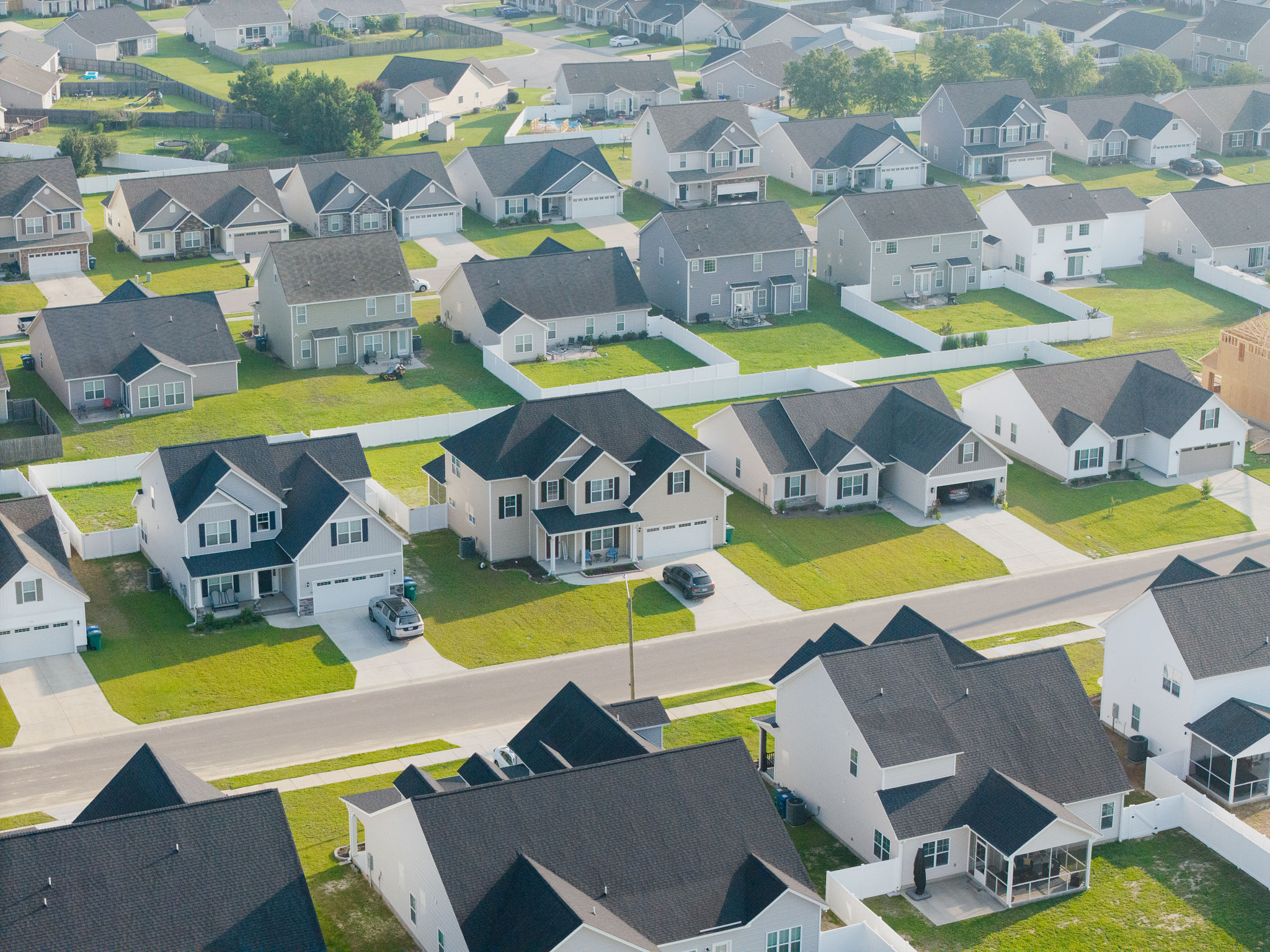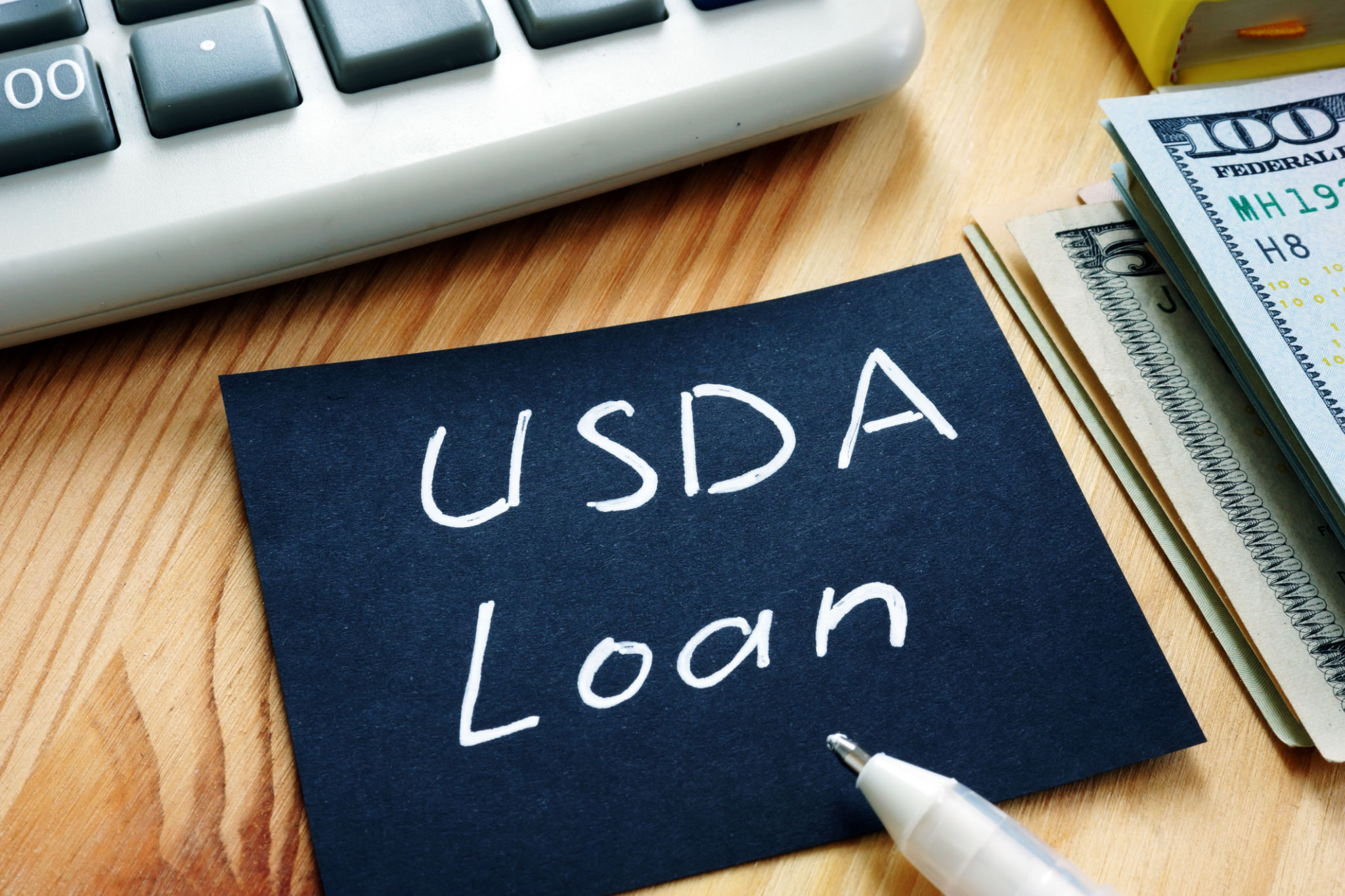How USDA Loans Can Make Homeownership Accessible in Rural North Carolina
Understanding USDA Loans
For many individuals and families aspiring to own a home in rural North Carolina, the path to homeownership may appear daunting due to financial constraints. However, USDA loans offer a viable solution by providing an accessible way to finance a home without the need for a significant down payment. These loans are specifically designed to assist those in rural and suburban areas, making them ideal for many parts of North Carolina.
The United States Department of Agriculture (USDA) loan program is a government-backed mortgage option that aims to promote homeownership in less densely populated areas. By offering low-interest rates and zero down payment, USDA loans can significantly ease the financial burden on prospective homeowners.

Eligibility Requirements
To qualify for a USDA loan, applicants must meet specific criteria. First and foremost, the property must be located in an eligible rural area as defined by the USDA. Fortunately, much of rural North Carolina falls under this category, providing ample opportunities for potential buyers.
Additionally, USDA loans have income limitations. Applicants must have a stable income that falls within the program's guidelines, which vary based on the household size and county of residence. It's crucial to check the current income limits for your area to determine eligibility.
Credit Requirements
While USDA loans are designed to be accessible, they still require borrowers to demonstrate creditworthiness. Generally, a credit score of 640 or higher is preferred, but exceptions may be made for those with lower scores if other compensating factors are present.

Benefits of USDA Loans
One of the most appealing benefits of USDA loans is the absence of a down payment requirement, allowing buyers to purchase a home with little upfront cost. Additionally, these loans offer competitive fixed interest rates that can help keep monthly payments affordable.
Another advantage is the mortgage insurance structure. Unlike other loan types, USDA loans require only a modest upfront guarantee fee and an annual fee that is typically lower than private mortgage insurance required by conventional loans.
Closing Cost Assistance
USDA loans also provide flexibility in covering closing costs. Sellers can contribute up to 6% of the purchase price towards closing costs, and buyers can potentially roll these costs into their loan amount if the appraised value allows.

Navigating the Application Process
The process of securing a USDA loan involves several steps, starting with pre-qualification through an approved lender. It's beneficial to work with lenders experienced in USDA loans to ensure a smooth process. Once pre-qualified, borrowers can proceed with finding a suitable home within the eligible rural areas.
The next step is submitting a full application, which includes providing documentation of income, employment history, and other financial details. The lender will then assess the borrower's creditworthiness and guide them through any additional requirements set by the USDA.
Final Approval and Closing
After the lender approves the application, it is sent to the USDA for final approval. This stage ensures that all criteria are met before granting the loan. Once approved, the closing process can proceed, culminating in the exciting moment when keys are handed over, marking the beginning of new homeownership.

